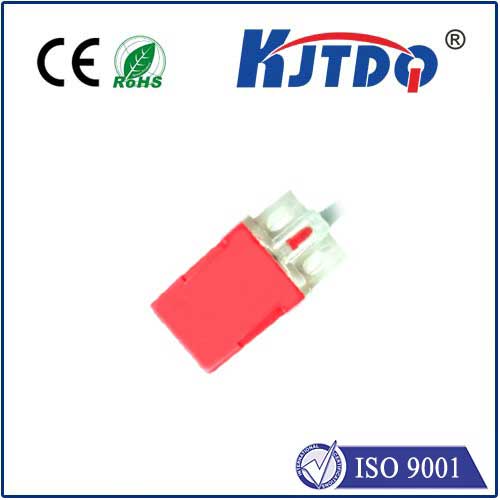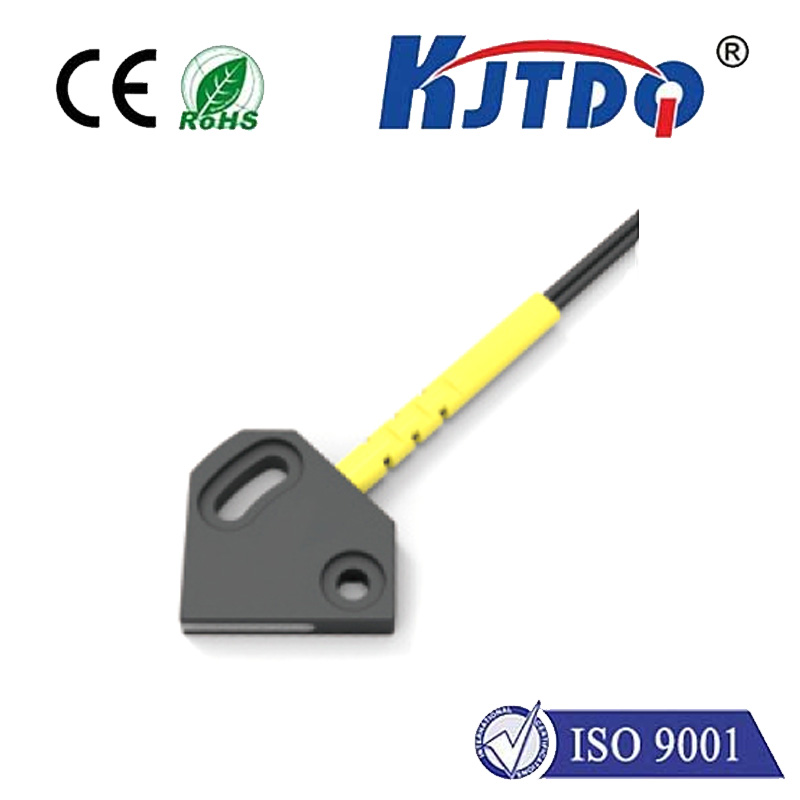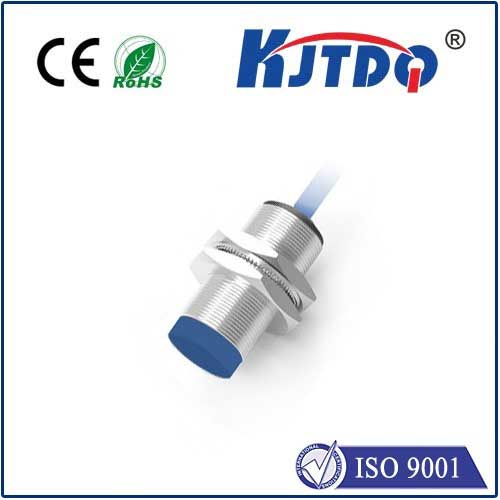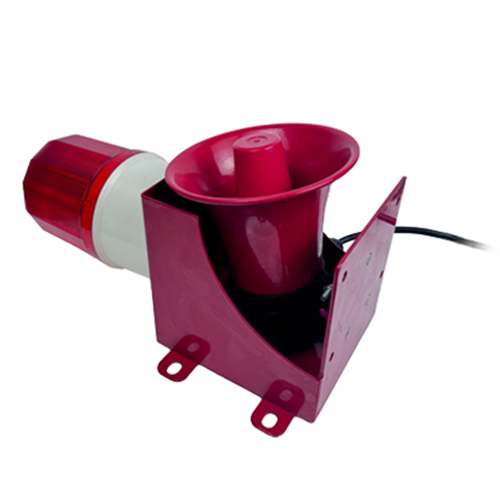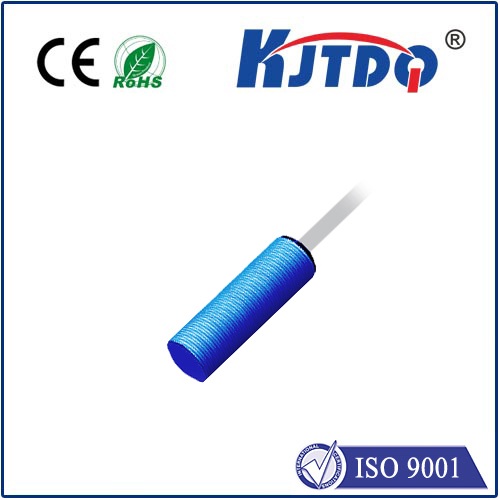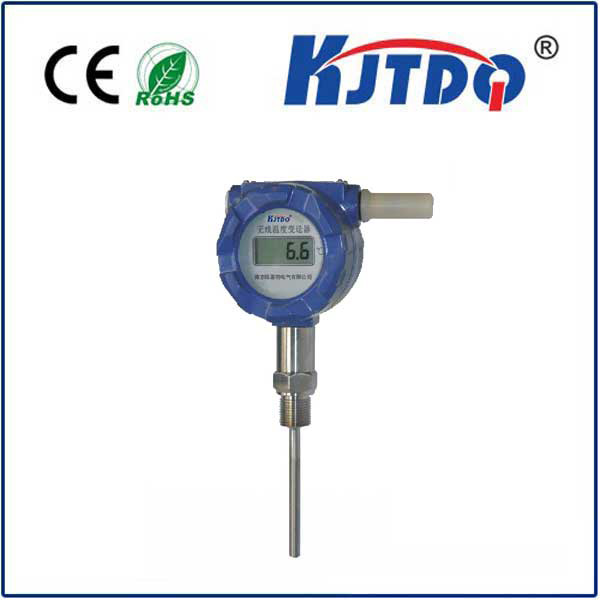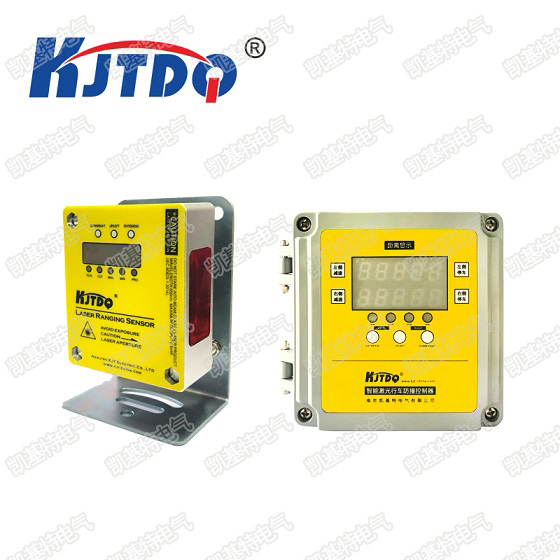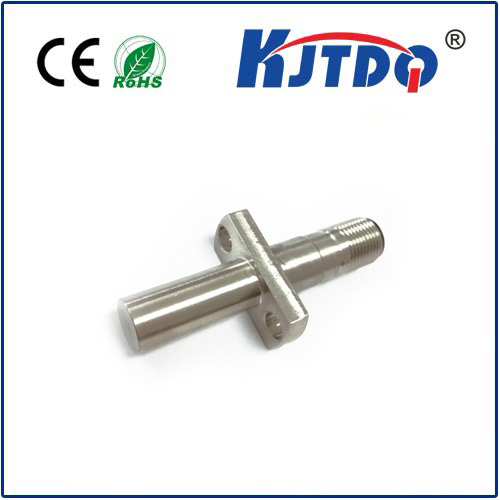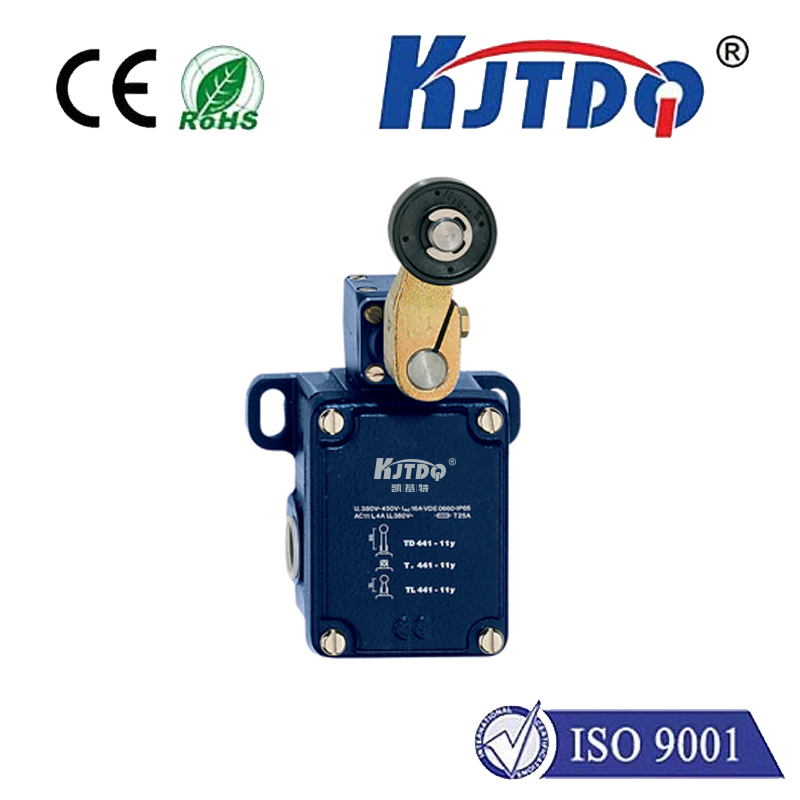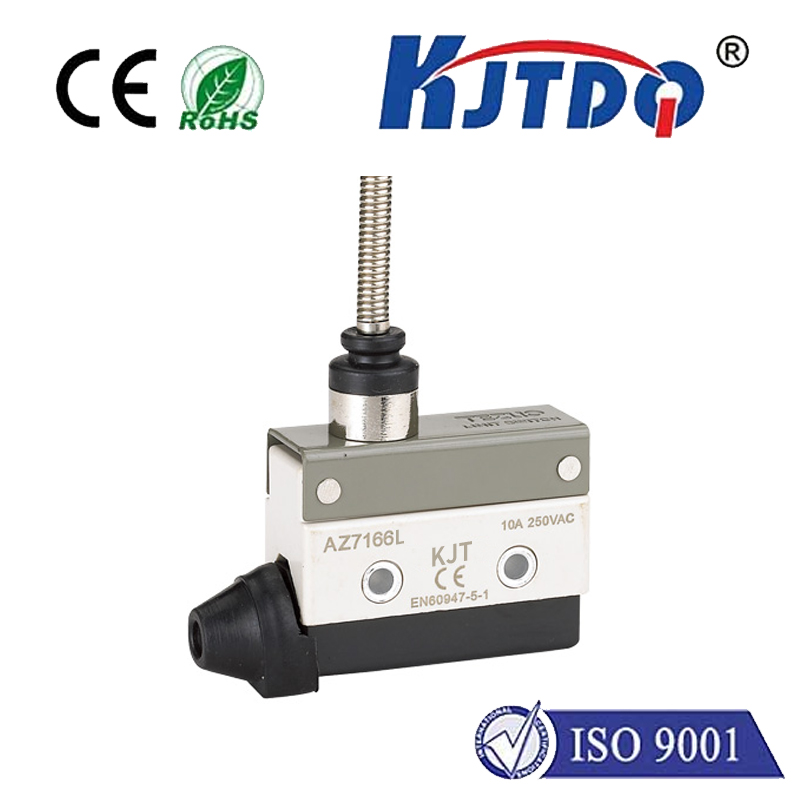

check

check

check

check

check

check

check

check

check

check
Title: Unleashing the Power of Laser Vibration Sensors: Revolutionizing Industrial Monitoring
Introduction:
In today's fast-paced industrial landscape, staying ahead of the curve is crucial to maintaining a competitive edge. One technology that has seen significant advancements in recent years is the laser vibration sensor. These innovative sensors offer unparalleled accuracy, speed, and reliability, enabling businesses to optimize their operations and improve safety in hazardous environments. In this article, we will delve into the world of laser vibration sensors, exploring their applications, advantages, and future prospects.
Section 1: Understanding Laser Vibration Sensors
Laser vibration sensors work by measuring the vibrations caused by mechanical components in a machine or system. They emit a laser beam that reflects off the vibrating part, capturing information about its motion and frequency. This data is then processed by the sensor's onboard microcontroller or software, providing accurate measurements of vibration levels.
One of the key advantages of laser vibration sensors is their high resolution. Unlike traditional mechanical sensors that rely on contact between parts to detect vibrations, these sensors can measure very small differences in motion without interfering with the machinery's operation. Furthermore, they do not require any external power sources or maintenance, making them ideal for use in harsh environments where contamination or other issues could compromise the sensor's performance.
Section 2: Applications of Laser Vibration Sensors

The potential uses for laser vibration sensors are vast and varied. Some of the most common applications include:
a) Condition Monitoring: By monitoring the vibration levels of machinery and equipment, companies can quickly identify potential problems before they become critical. This allows for timely repairs and prevents costly downtime.
b) Safety and Security: Laser vibration sensors can be used to detect unauthorized access or tampering with sensitive systems. For example, they can be integrated into security cameras to alert security personnel when someone tries to disable the system.
c) Quality Control: In manufacturing processes, laser vibration sensors can be used to ensure that products meet strict quality standards. By monitoring the vibration levels of raw materials and finished goods, companies can identify any defects or inconsistencies early on, minimizing waste and improving overall efficiency.
d) Mining and Construction: Laser vibration sensors are essential tools in the mining and construction industries, where they help monitor soil stability, detect hidden caves or tunnels, and ensure that heavy machinery operates safely and efficiently.
e) Automotive Industry: In the automotive industry, laser vibration sensors are used to measure tire pressure, brake performance, and engine vibration, helping to improve fuel efficiency and reduce emissions.
Section 3: Advantages of Laser Vibration Sensors over Traditional Technologies
Compared to traditional mechanical sensors, laser vibration sensors offer several advantages:
a) Higher Accuracy: As mentioned earlier, laser vibration sensors have much higher resolution than mechanical sensors. This means that they can detect even the smallest changes in vibration levels, providing more accurate and reliable data.
b) Non-Contact Detection: Unlike mechanical sensors that rely on contact between parts to detect vibrations, laser vibration sensors do not interfere with the machinery's operation. This makes them ideal for use in harsh or contaminated environments where other sensors could fail.
c) Longer Lifespan: Since laser vibration sensors do not have any moving parts or contacts, they are less prone to wear and tear than traditional sensors. This means that they can last longer and require less maintenance over time.
Section 4: Future Prospects of Laser Vibration Sensors
The rapid advances in technology are expected to drive further growth in the global laser vibration sensor market in the coming years. According to a report by Market Research Future (MRFR), the global laser vibration sensor market is projected to reach USD 296 million by 2025, growing at a CAGR of 11.8% during the forecast period. The increasing demand for automation and IoT solutions is likely to drive the growth of this market. Additionally, as governments around the world focus on sustainability and reducing carbon emissions, the need for efficient and environmentally friendly monitoring solutions will only increase.
